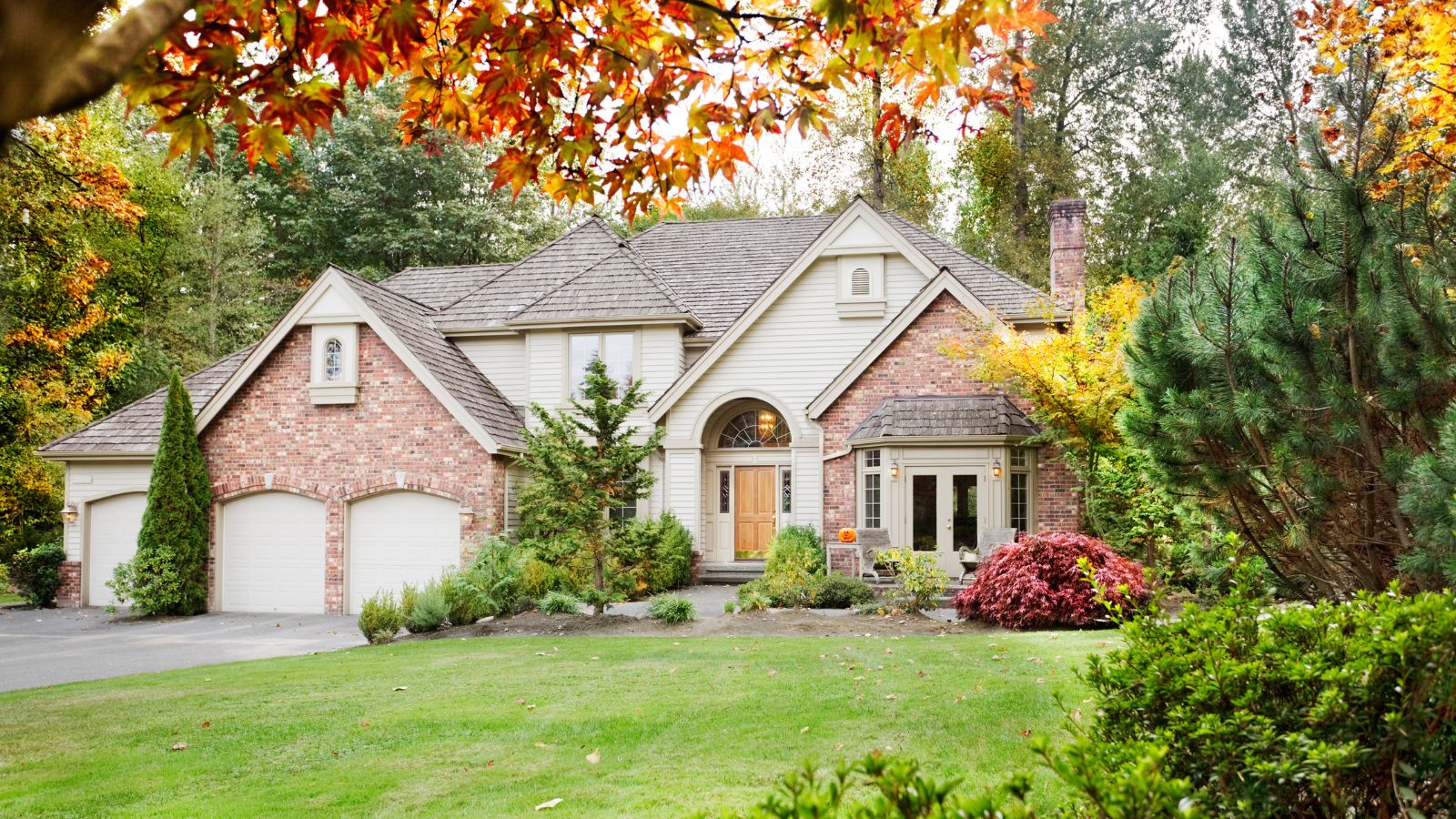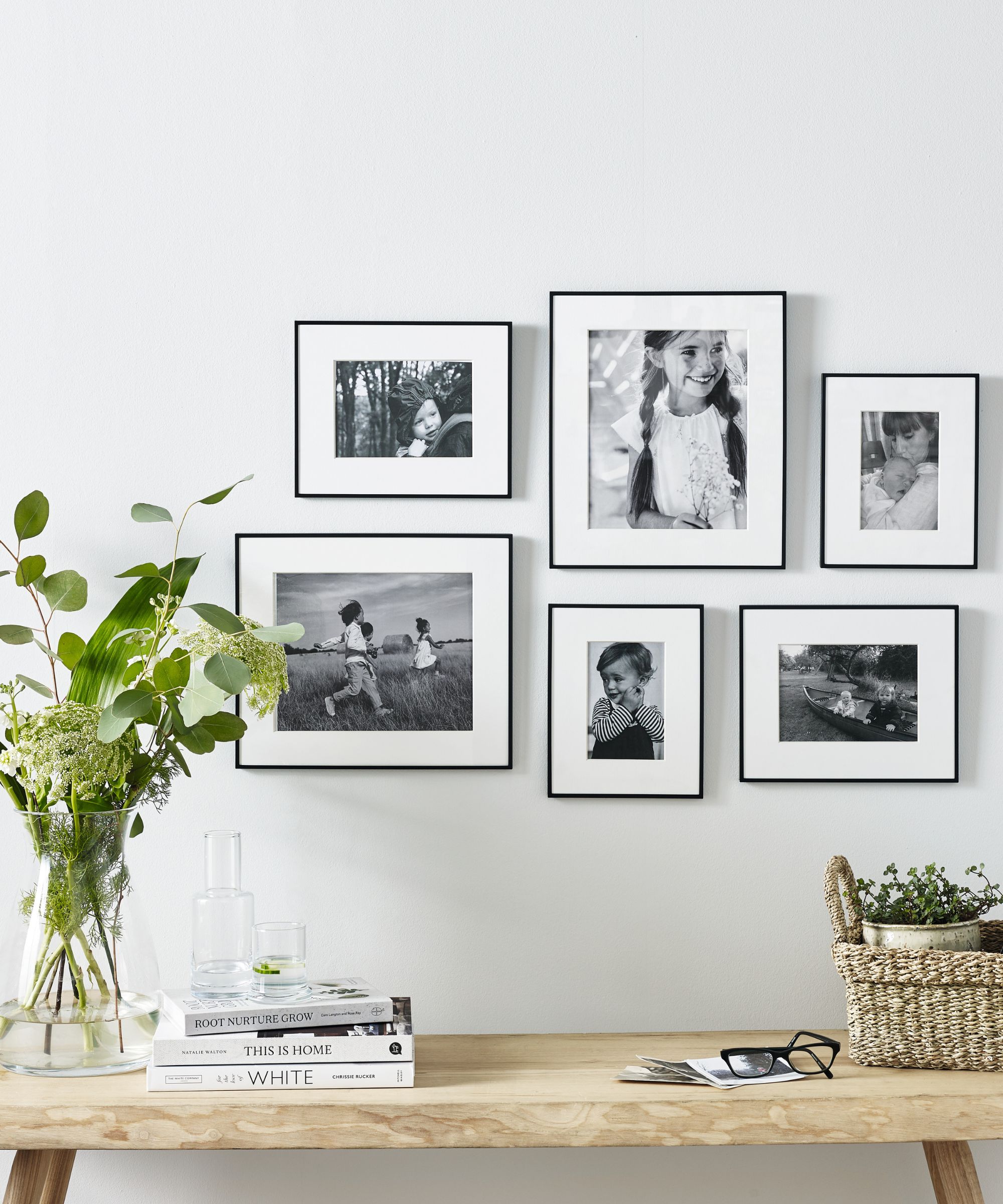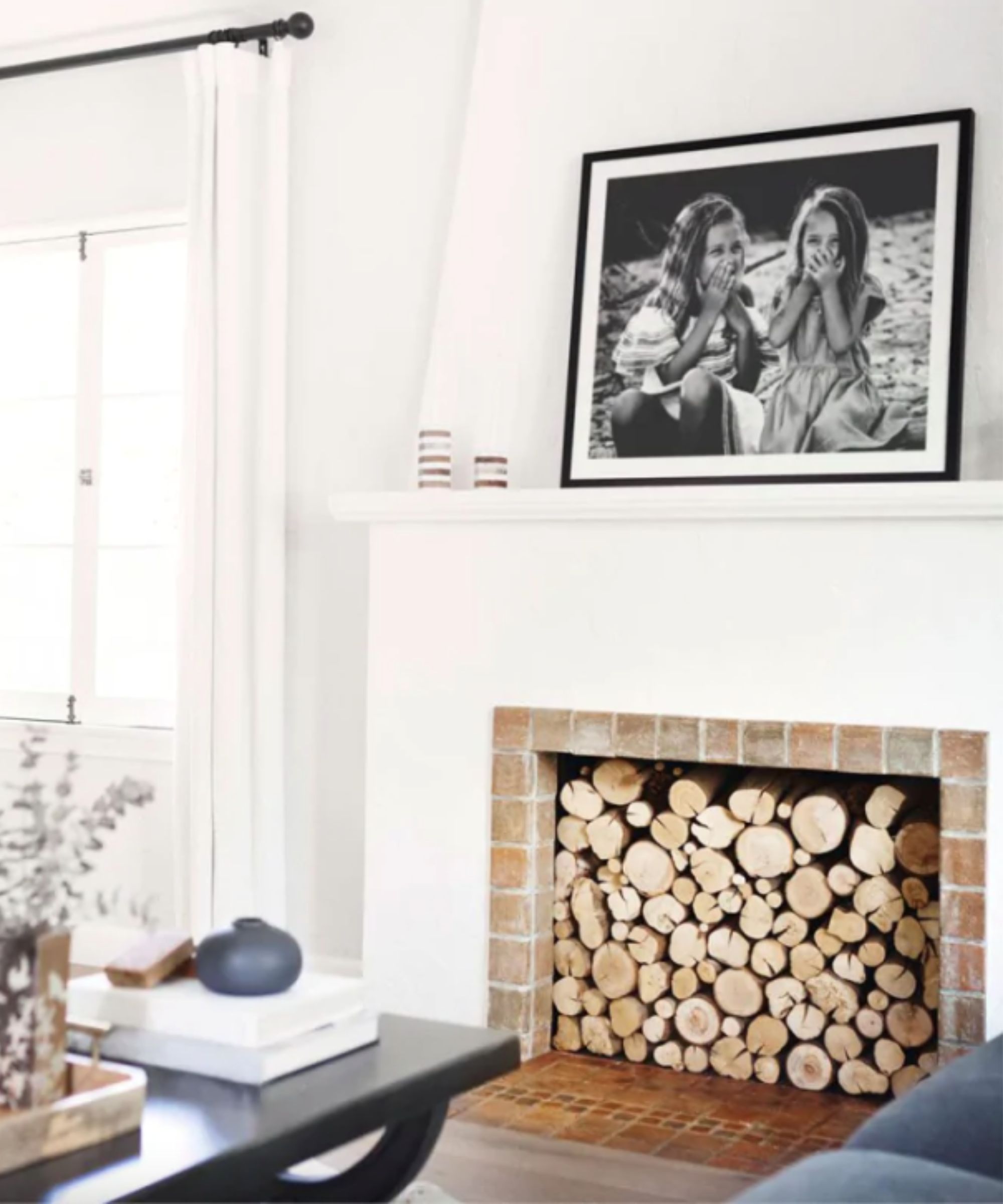Feng shui experts reveal the one organizational mistake that’s making your home harder to sell – and it’s so easy to fix
Covering your home with family photos will feel territorial, experts say


There's no denying that selling your home can be a stressful process, particularly if you are having trouble finding a buyer.
While this could be down to a number of factors, such as location and price, there is one small mistake that feng shui experts consider could be ruining your chances – excessive family photographs throughout your home.
Luckily, fixing it is a simple, easy and free. So, I spoke to the experts for their advice on how to use Feng shui to sell a house, and turn a 'for sale' sign to 'sold' in no time.
Why do family photographs make your home harder to sell?

While it's attractive for prospective buyers to see the family environment that a home has fostered, you don't want them to feel unable to make it their own. This is not only off-putting, it may be a factor they're unable to overlook.
'From a Feng shui perspective, when you're selling your home, it's essential that the potential buyer be able to see themselves in the space,' says Anjie Cho, Feng shui educator at Mindful Design School, architect, author of Holistic Spaces and Mindful Homes, and co-author of Mindful Living, based in New York City.
Excessive family photos can create an imbalance in the energy of your home, according to Feng shui, due to the deeply personal emotional energy they carry, which is magnified when multiple are displayed on the wall – it's a thing Feng shui experts wish you knew.
'This kind of energy, while comforting to you, can make the space feel overwhelming or even "closed off" to potential buyers,' says Inbaal Honigman, astrology expert, celebrity psychic and tarot reader at Tarotoo. 'When buyers walk in, they need to feel a sense of harmony and flow, not the intense personal energy that comes with family photos everywhere.'
Design expertise in your inbox – from inspiring decorating ideas and beautiful celebrity homes to practical gardening advice and shopping round-ups.
This is important as one of the main principles of Feng shui is making a home feel balanced, allowing energy, also know as chi, to flow freely. 'Excessive personal photos can disrupt that flow, making a space feel crowded, emotionally heavy, or too specific to the current inhabitants,' adds Honigman. 'A home that's too "personalized" blocks the buyer from connecting with the energy of the space on their own terms.'
How should family photos be displayed instead?

If you are selling your home, it may not be necessary to immediately take down all photographs, and instead think about how and where they are displayed, explains Suzanne Roynon, consultant interiors therapist, member of the International Feng Shui Guild and Feng shui practitioner at Interiors Therapy.
'In Feng shui, we recommend that family photos of older members of the family; parents, grandparents, siblings etc. are only displayed in the East of the home, the area which represents community and the past,' following the rules of the Feng shui energy map. In contrast, photos of young children are best positioned in the West, representing new beginnings and the future, symbolizing the new era the home is entering.
'Meanwhile in the master bedroom, only hang photos of the couple themselves – not the children, in-laws or anyone else,' continues Roynon. 'The master bedroom should look and feel like a sanctuary for rest, romance and relaxation – that is what your intended buyers are looking for.'
Before you market your property, Roynon recommends curating the family photos you would like to display, selecting only a few which represent the aspirational nature of your home. 'Be sure anyone featured looks happy and at ease,' she continues. 'This isn't the time to show 'funny' memories of crying kids or uncomfortable graduation shots. Instead, prioritize the beautiful images which make your heart sing.'
For those that you choose to display, placing them in stylish frames which compliment the decor of your home can make your space feel more polished to potential buyers. I love the Whitney Frames available at Anthropologie for a bright pop of color.
In contrast, Cho recommends packing up all personal items before inviting interested buyers into your home. 'Packing them up will also help you and your family move on and let go of any attachments to the current home,' she explains. 'Better yet, move those photos to a garage, or close to the front door so the energy knows it's time to move out and go to the new home.
'If the seller is resistant to take down family photos, it can also indicate their hesitation to really say goodbye to the home, which impacts the ability for a home to sell. So, instead of keeping the photos up, pack them away, and move them towards the front door or even out of the house and into the new home if possible,' perfect for making your new Feng shui house happy.
FAQs
How can you tell if a house has bad feng shui?
While the emery of a home is affected by multiple factors, there are some ways to tell if a home has bad Feng shui before purchasing.
For example, a direct front and back door alignment is often considered to reflect negative energy in a home, as is a staircase facing the front door, a bathroom in the center of a home and a long, narrow hallway.
Armed with these expert tips, you can use Feng shui to sell your home at a great price and speed up the sale.
And, if you're a prospective buyer yourself, there are multiple ways to tell if a house has bad Feng shui before purchasing, which go beyond photographs.

Ottilie joined Homes & Gardens last year, after finishing a Master's in Magazine Journalism at City, University of London. With previous contributions in Livingetc and Motorsport Magazine, she produces content for the Solved section on the website, focusing on clever tips and tricks to keep your home beautiful, organized, and clean, with particular expertise on all things home fragrance. She also has a Master's degree in English Literature and History of Art from the University of Edinburgh, where she developed a love for inspiring interiors and architecture.